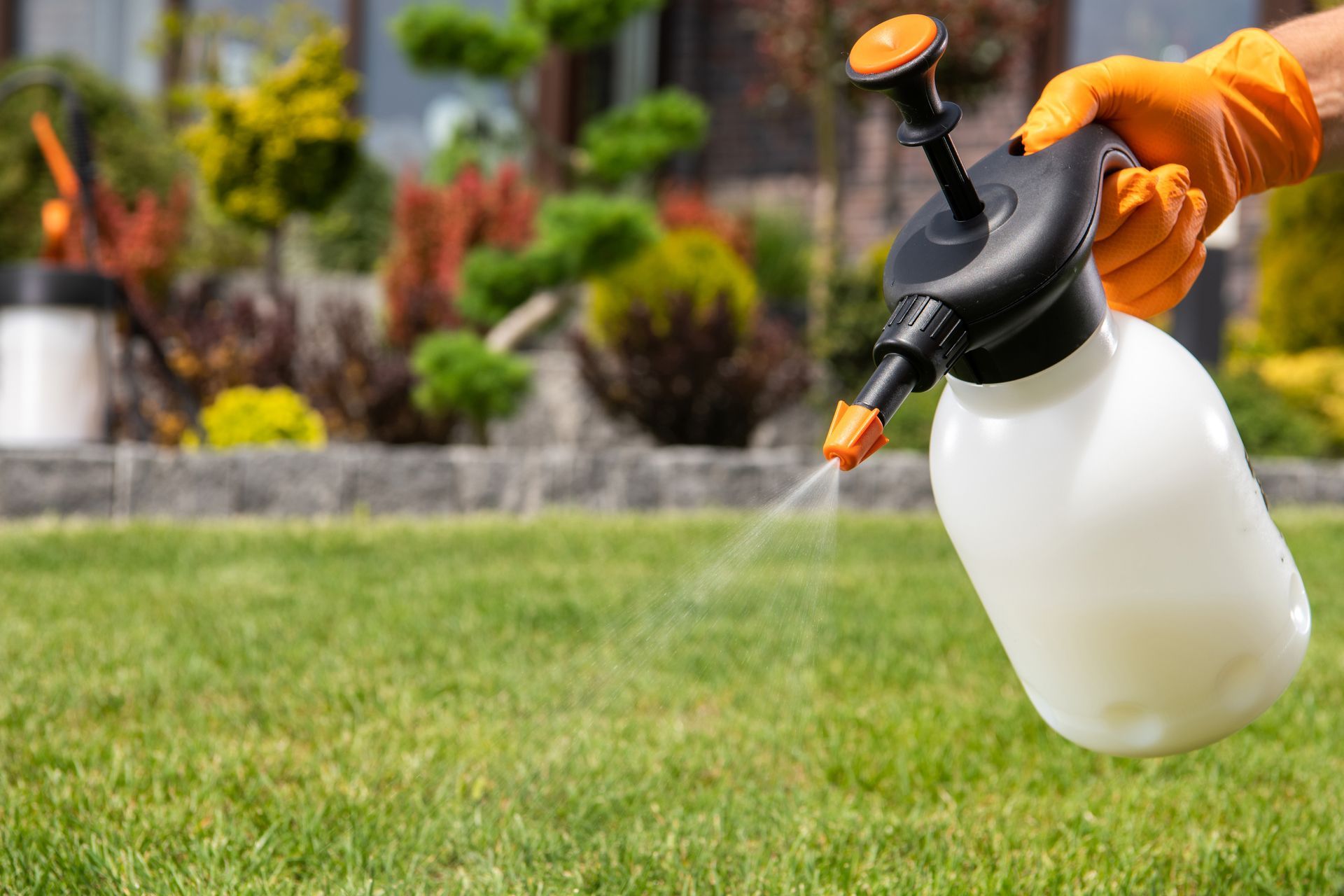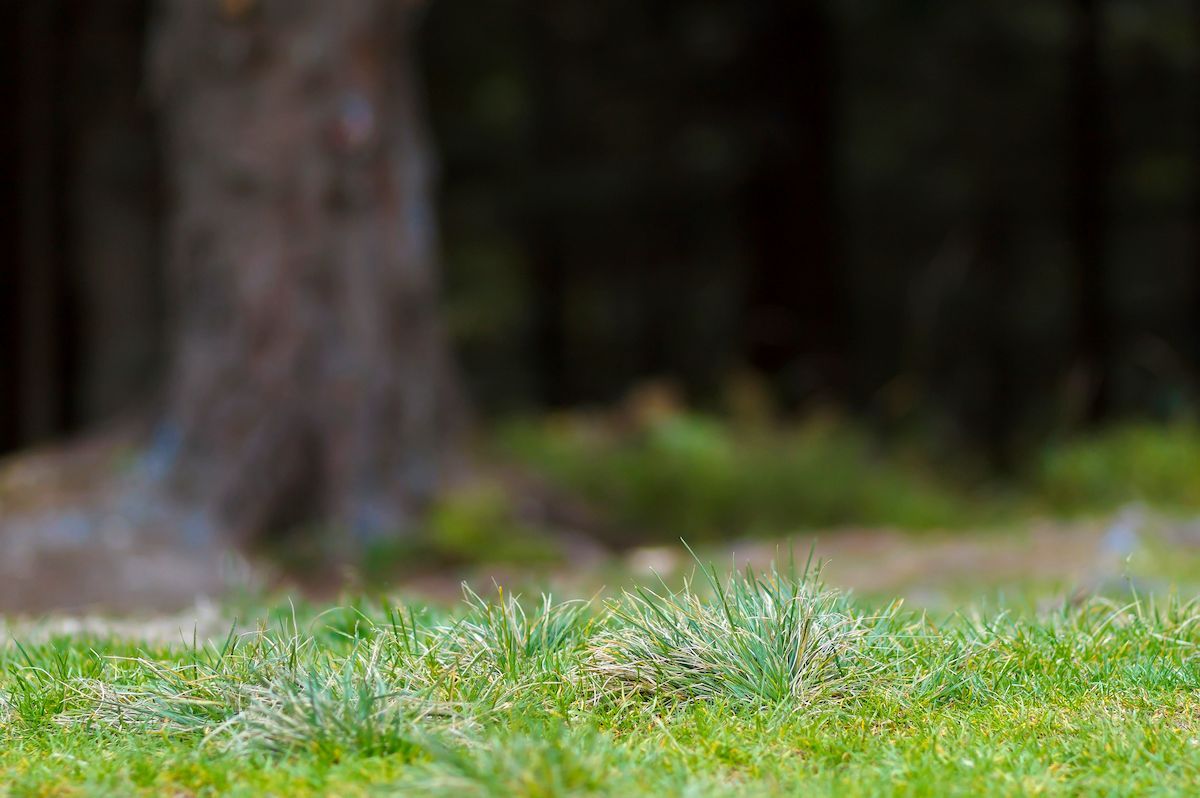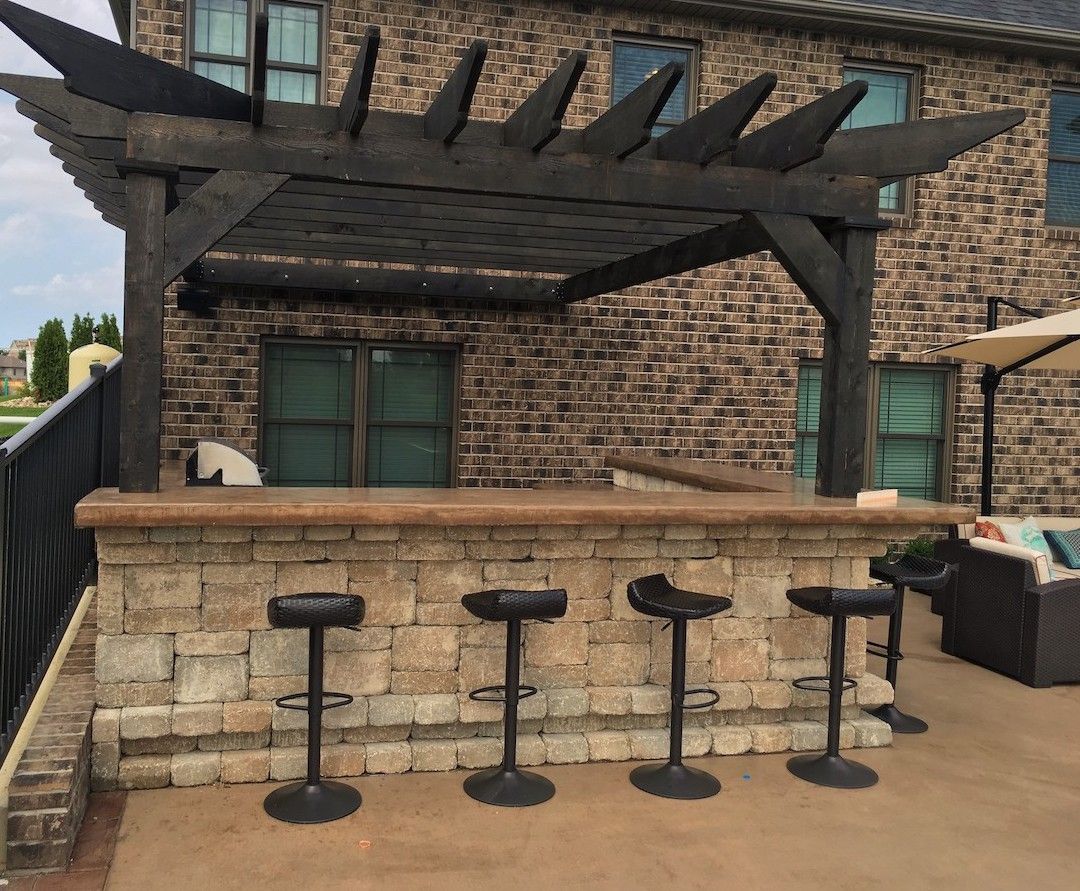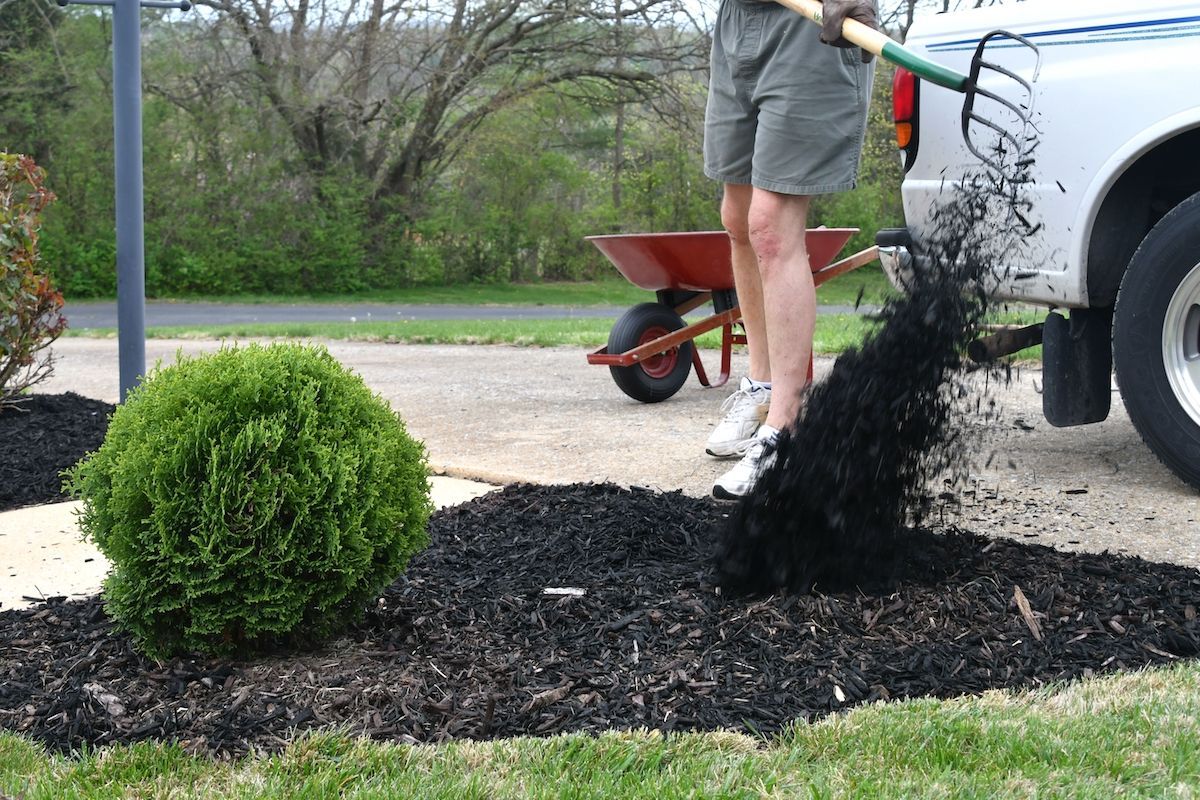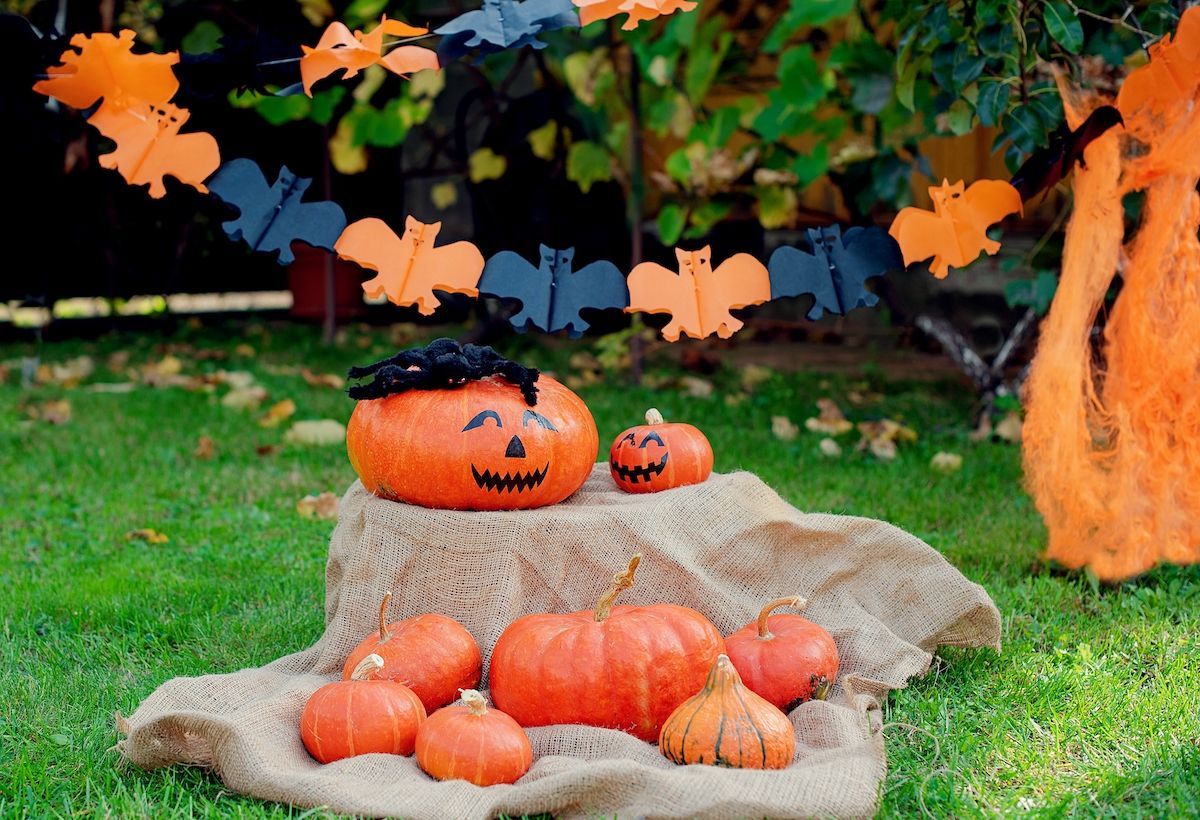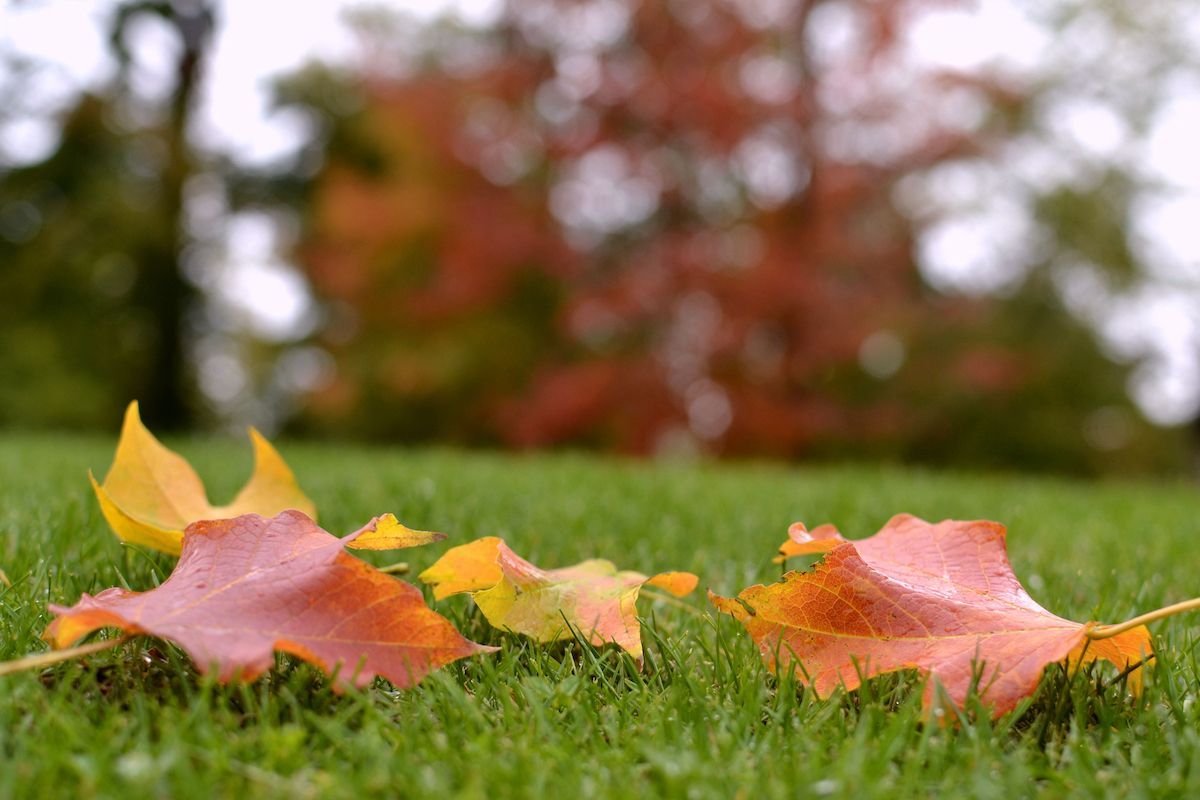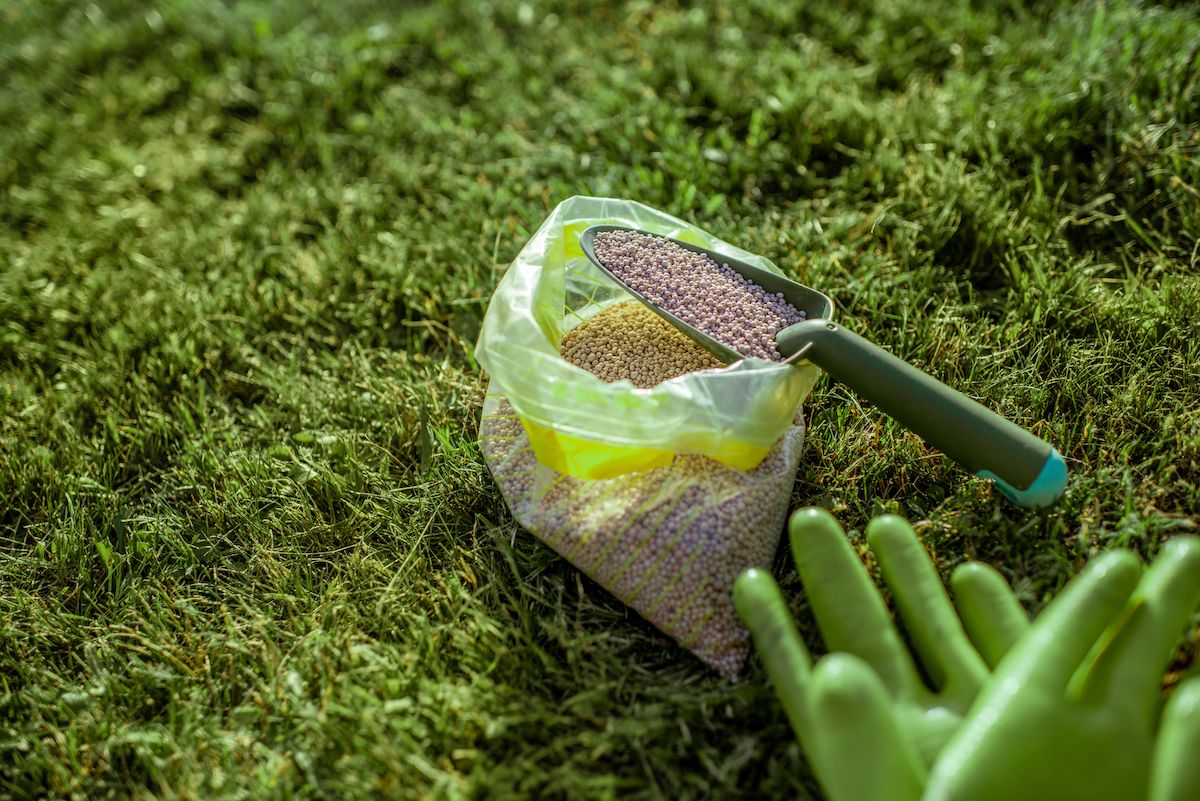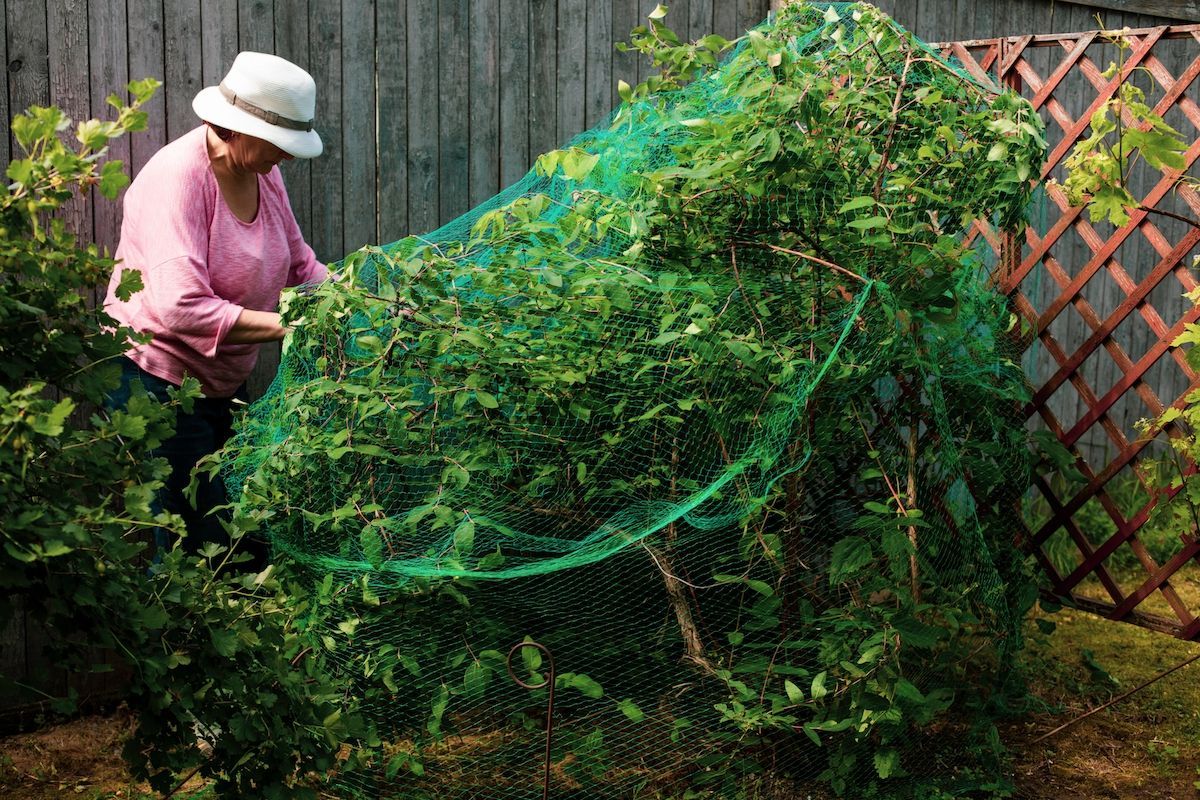Protecting Your Plants During the Winter
How To Protect Your Plants This Winter

Helpful Tips For Protecting Outdoor Gardens & Landscapes During the Winter
Winter is officially here, and while it’s been a snow-free year so far, you should start thinking about protecting your outdoor gardens and landscapes.
Check the Hardiness Level of Your Plants in Mid-Missouri
One of the first steps you should take when protecting your outdoor plants is to check the hardiness level of your plants to determine what type of attention they require. The Plant Hardiness Zone is a geographical division of the entire United States that is divided by the average annual minimum temperature during winter. This map lets gardeners know what parts of the country plants can survive in. By checking the hardiness of the plants on your property, you’ll be able to tell what plants are going to need a little help to make it through the winter.
Bring Potted Plants Indoors
Now that you’ve checked the hardiness level of your plants, you can bring in any of your outdoor potted plants inside, making sure to quickly check for any insects! Most potted plants won’t be able to survive being left outdoors, so it’s a good idea to bring them inside, as well as to protect the pots that they are planted in. Plants that need a lot of sun should be placed near windows while shade-loving plants should be kept away from direct sunlight.
Adding a Layer of Mulch
Adding a layer of mulch to your outdoor plants can be a very literal lifesaver. By adding a layer of mulch to your plants, you are insulating them, maintaining their moisture, and keeping their temperature consistent throughout the winter. Freeze/thaw cycles can push up shallowly rooted plants completely out of the ground and expose them to the elements. Add a 3 - 5 inch layer of mulch to keep the soil moist and protect your plants from the dangerous freeze/thaw cycle. If mulch is washed away by rain or snowmelt runoff, make sure you replace it before the next big freeze or snow.
Staying Vigilant by Covering Up Your Plants With Tarps or Canvases
Another good way to protect your outdoor plants is to cover them with plastic and a cloth barrier between the plastic and the plant. It’s important to not just leave a plastic cover on the plant without a cloth barrier, as the plastic by itself will damage the plant. It is also important to stay vigilant in uncovering and recovering plants. After a cold snap, remove the covering, otherwise, condensation can build up beneath the covering and freeze the plant, defeating the purpose of the cover entirely.
How to Water Plants During Winter
Watering during the winter is still important, as moist soil retains heat better than dry soil, which is beneficial for the health of your plants. If you know that freezing temperatures are going to occur soon, it is a good idea to water your plant’s soil 24 hours before the freeze.
Contact Boulder Creek Lawn & Landscape To Protect Your Plants To The Fullest
If you have any concerns about your lawn or landscape during the winter, contact our professional team at Boulder Creek Lawn & Landscape. We provide lawn care & maintenance, as well as landscape maintenance year-round, that will leave your property fully prepared for any potential problems during the winter months.

